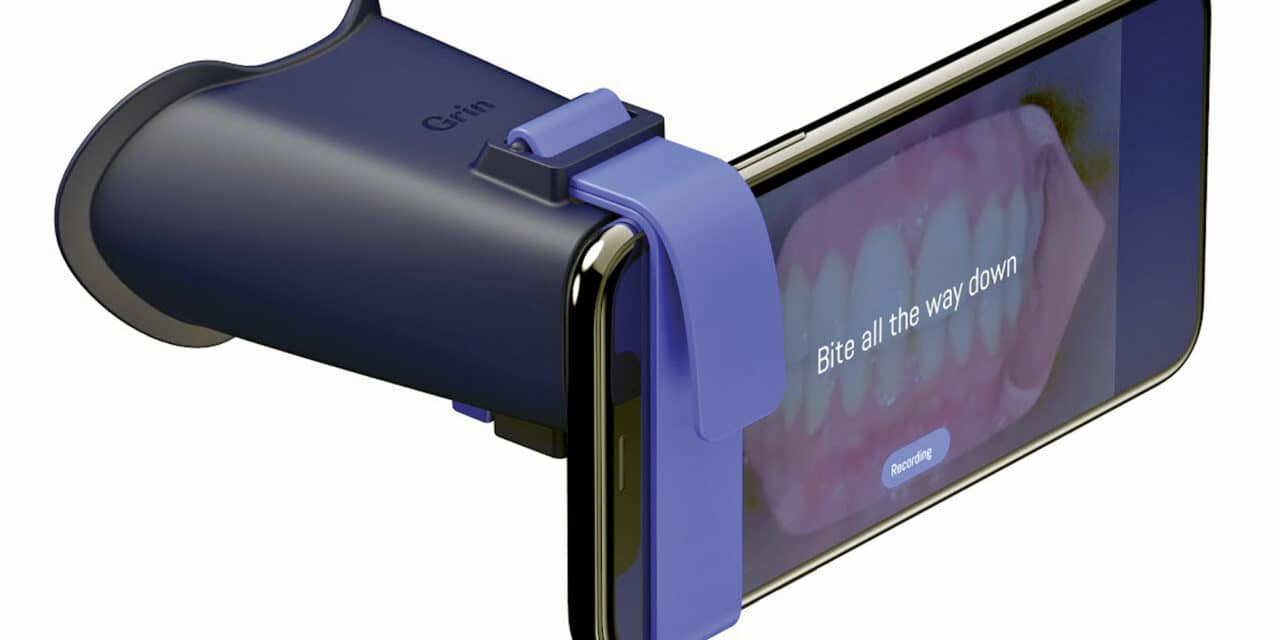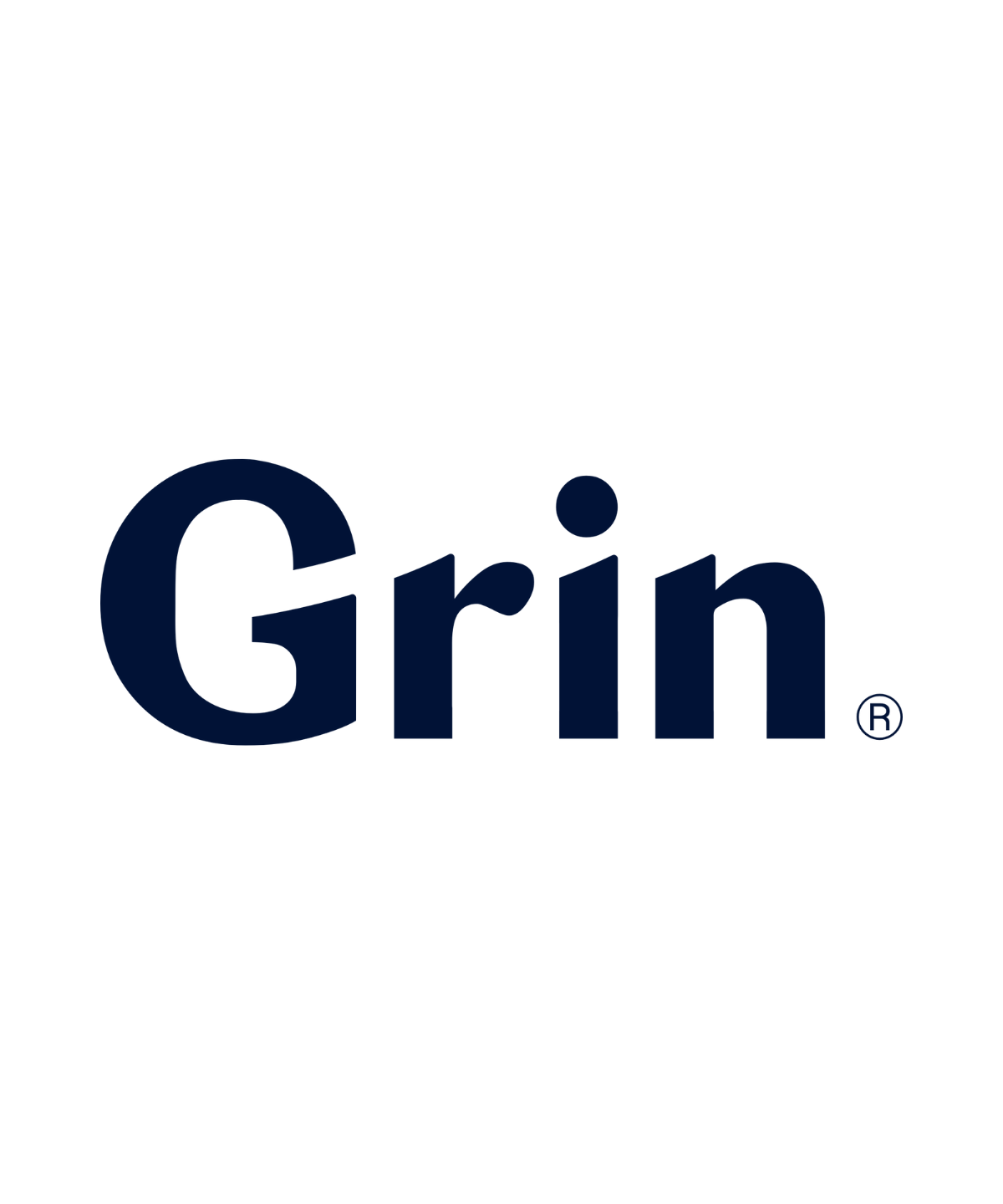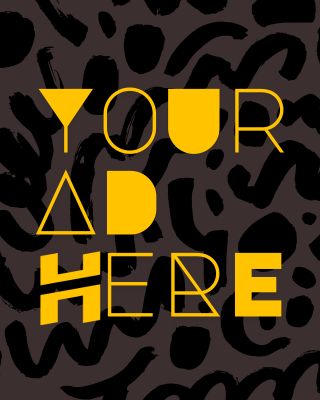- Oral disease affects about half the people on the planet and drives avoidable medical, social, and economic harm.
- Access barriers, cost, fear, and provider shortages keep people from timely dental care.
- GRIN is a smartphone-based oral health platform designed for simplicity, accessibility, and affordability, aiming to serve oral care deserts across the U.S.
- Early community implementations report faster workflows, behavior change, and more patients reached, with one study showing a 53% reduction in plaque pixels over 6–12 months with tele-dental coaching.
- Digital oral health can reduce absenteeism, triage needs earlier, and integrate with medical care for better outcomes.
.jpg)
Why Oral Health Belongs in Every Public Health Plan
Oral health drives everyday life outcomes. Painful mouths limit what people eat, how well they sleep, whether they can focus in school, and how they show up at work. These costs compound in communities with fewer dentists and fewer transportation options. The scope is global. One in two people live with some form of dental disease, making it the most prevalent noncommunicable condition worldwide.
Barriers cluster. People delay care because of cost, fear, and a shortage of providers. The result is late treatment in emergency rooms, higher costs, lost wages, and missed school or work.
Oral health also tracks with opportunity. Dental problems can affect self-worth and how employers perceive job candidates. Putting oral health inside core social drivers of health is not optional. It is foundational public health.
Meet GRIN: A Digital Oral Health Platform Built for Equity
What it is. GRIN is a digital oral health platform that lets care teams assess and coach patients using smartphone-captured images and video of the mouth. The platform targets oral care deserts and under-resourced settings.
Design principles. GRIN’s COO and co-founder Pam Orrin highlights three pillars:
- Simplicity. Tools must be intuitive for patients and efficient for care teams.
- Accessibility. Workflows must function anywhere, anytime, with only a smartphone.
- Affordability. Hardware and software must be low-cost to deploy at scale.
Why that matters. Many families cannot take unpaid time off, secure transportation, or find an in-network dentist. Digital intake and monitoring shrink those burdens.
How Digital Oral Health Works in the Field
1) Capture
Patients or trained staff use a smartphone to scan the mouth. Broadband is not required, and setups can run from basements of hospitals, schools, churches, or long-term care facilities.
2) Review
Dentists and hygienists review images asynchronously, prioritize who needs in-person care, and schedule follow-ups. This triage step is critical in low-access communities.
3) Coach
Care teams deliver behavior guidance via tele-dentistry. In one GRIN cohort of roughly 1,000 participants, consistent remote coaching over 6–12 months correlated with a 53% reduction in plaque pixels on images.
4) Refer and treat
High-priority cases are navigated to dental clinics for definitive procedures. Routine check-ins stay virtual to minimize disruption to work or school schedules.

Real-World Settings: Head Start, Schools, and Long-Term Care
Pilots in Head Start and Give Kids a Smile events have surfaced severe, previously unseen decay in young children who could not articulate symptoms. The ability to scan quickly and review remotely brings hidden disease into view and accelerates treatment.
In long-term care, residents often struggle to report pain. Digital scans reveal lesions, infections, and hygiene issues that otherwise go unnoticed. This approach supports staff with limited dental training and helps prioritize dentist visits.
The Oral–Systemic Connection: Why Integration Matters
Oral conditions connect to systemic outcomes, including cardiovascular disease, diabetes, adverse pregnancy outcomes, and potential cognitive effects. Clinicians and payers need interoperable pathways between medical and dental data. Pam Orrin calls for standardizing and integrating dental with medical benefits rather than keeping them siloed.
In the next five years, expect more automated detection from mouth scans, personalized recall intervals, and transparent treatment standards that reduce confusion about what work is needed and why.
Measuring Impact: What To Track
Efficiency
Field teams reported roughly two-times faster workflows when using GRIN-enabled triage and monitoring. Faster workflows let teams scan more people in the same time window and redirect hours toward high-need cases.
Lives touched
A simple smartphone kit can expand reach to new locations and partner sites. Programs can add school visits, community events, or employer screenings without adding chair time.
Behavior change
Tele-dental coaching that references each patient’s mouth images increases adherence and improves hygiene outcomes over time.
System burden
Virtual monitoring reduces travel, missed shifts, and repeat intake visits. Health systems see fewer non-urgent ED dental visits, and patients retain wages.
The Work Impact: Absenteeism and Productivity
One large employer flagged dental problems as a top driver of medical absenteeism, with workers progressing from ignored toothaches to ED visits. Employers can address this with onsite or near-site scanning days, virtual coaching, and referral navigation.
For teams paid hourly, a virtual touchpoint can determine whether an in-person visit is essential, saving a full day of lost wages and transportation costs.
Equity by Design: Building for the People Least Likely To Be Reached
Equity must live in the product’s foundation. GRIN’s approach centers on lightweight hardware, low-friction software, and training that works for community partners. The platform functions without broadband or computers and relies on smartphones that most households already own.
This design supports community health workers, school nurses, and Head Start staff who can scan many mouths in a short time and loop in licensed dental professionals asynchronously.
For Community Health Leaders: How To Start
1) Map the gap
Identify schools, shelters, long-term care facilities, and neighborhoods with low dentist-to-population ratios. Prioritize sites with transportation barriers and high missed-appointment rates.
2) Set up a “scan-coach-refer” loop
- Scan days at community sites using smartphones and simple retractors.
- Coach through short, image-based feedback on brushing technique, sugar exposure, and fluoride use.
- Refer urgent cases to dental clinics that can triage and treat.
3) Train the team
Equip non-dental staff to capture clear images, obtain consent, and document basic histories. Build a weekly review cadence with partnering dentists or hygienists.
4) Measure what matters
Track time-to-review, percent of scans flagged urgent, completion of referrals, plaque-pixel trend over time, and missed-work hours avoided.
5) Close the loop with medical
Add oral health flags to care management dashboards for patients with diabetes, pregnancy, cardiovascular disease, or cognitive risk. Route dental needs into chronic-disease pathways.
For Employers and Payers: Practical Moves
- Offer virtual oral health check-ins as a covered benefit alongside medical telehealth.
- Run quarterly onsite scan events to reduce ED dental visits and absenteeism.
- Tie incentives to demonstrated hygiene improvements over time, using image-based metrics like plaque-pixel reduction.
- Align dental and medical benefits. Many high-risk members need tighter recall intervals than the traditional twice-yearly model.
For Clinicians: What Changes in Daily Practice
- Use asynchronous reviews to sort routine cases from urgent pathology before chair time.
- Embed brief, image-guided coaching in care plans to reinforce brushing, interdental cleaning, and diet shifts. Expect adherence to rise when patients see their own mouth.
- Coordinate with primary care for shared patients managing diabetes, pregnancy, or cardiovascular disease. Oral findings should trigger medical follow-ups and vice versa.
What’s Next: Automation, Personalization, and Standardization
Pam Orrin expects near-term advances in automated detection from mouth scans, personalized recall intervals, and greater transparency about treatment needs and costs. She also anticipates tighter medical-dental integration as stakeholders converge on shared data and workflows.
These shifts will move programs from reactive dentistry to proactive oral health. The aim is fewer surprises, fewer emergencies, and steadier outcomes across populations.
Expert Q&A Highlights
Why is oral health a social driver of health?
It shapes self-worth and employability, influences diet and sleep, and connects to chronic conditions through the oral–systemic pathway.
What barriers matter most right now?
Cost, fear, and provider shortages keep people from care, especially in oral care deserts.
What evidence supports digital approaches?
Programs report faster workflows and improved hygiene outcomes when tele-dentistry feedback is based on a patient’s own mouth images.
How does this reduce absenteeism?
Virtual triage and check-ins catch issues earlier and cut down on urgent, time-intensive visits that cost workers wages and employers productivity.
The Bottom Line
Digital oral health is not an accessory. It is a practical route to equity, prevention, and system efficiency. A smartphone, a trained community worker, and an engaged dental reviewer can surface hidden disease, coach better habits, and move the right people into the chair at the right time.
Pam Oren put it plainly: solutions exist. The task is to implement them and keep the focus on uplifting people, one scan and one coaching moment at a time.

.avif)













